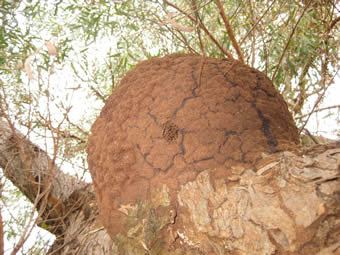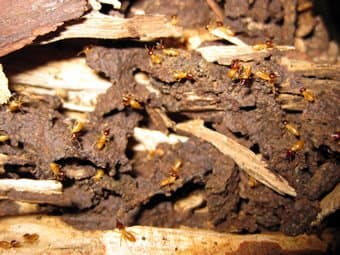
Termites, Cockroaches And Spiders can run but they can't hide from Micropest Pest Control Sydney.



















|
Ticks | Facts | Pest Control Sydney Common across the Northern Beaches, the Upper North Shore and the Hills Districts of Sydney, ticks are insect parasites that feed on human blood. Their numbers have increased considerably in recent years. The main causative factor for this is the successful and unrelenting fox-baiting program carried out by NSW Parks And Wildlife Services. Ticks have greatly increased because of the increasing number of bandicoots, rabbits, bush turkeys, and possums in these areas, serving as the primary tick distribution vector. The main predator for these are the diminishing fox populations. Where are ticks they found?Ticks prefer humid, bushy areas. Eggs are laid in leaf matter or mulch, while adult insects rely on passing animals for feed and transport. They can easily drop onto clothing or packs when walking through tall brush or grass, grab a ride on a passing shoe or boot, or gain entry to the home through clothing hung outdoors to dry. How can ticks affect humans?To facilitate feeding, ticks inject a toxin into their hosts. While ticks serve as a vector for typhus, encephalitis, and Lyme disease, most tick bites cause few or no symptoms. However, when they do appear, the symptoms of a tick bite can be severe. Tick paralysis can include rashes, headaches, fever or flu-like symptoms. This can progress into the increased weakness of the limbs and paralysis of the face. The site of the bite can exhibit a black scab or eschar. Typically, this ailment involves a search and removal of an embedded tick, and treatment with antibiotics. Ticks can also host bacteria that can lead to tick-borne typhus, encephalitis, and Lyme disease. With the exception of encephalitis, these ailments are treatable with antibiotics, typically doxycycline. They can be diagnosed by your doctor with a blood test. How to reduce the risk of being bitten?When outside gardening, wear a long-sleeved shirt, long pants tucked into socks and a wide-brimmed hat. When inside, check behind your ears, on the back of the head, groin, armpits and back of knees. Many dogs and cats are infested each year and can often die from tick paralysis. Ticks Pest Control Price ListTicks Pest Control company Micropest Pty Ltd provides the following services with an approximate price. Please don't hesitate to ring because we do have specials from time to time and we are flexible.
Tick Pest ControlMicropest tick pest control uses a German chemically engineered product called Cislin25. It's UV light resistant, rainfast, odourless and doesn't leave a stain. We have trialled many different tick control treatments over the years and have found Cislin 25 to be the most effective yet, pet and children friendly. Like everything, preparation of the site is the key to success. Before Micropest arrives for a tick pest control treatment. 1) Mow the lawns short. 2) Pick up all children's toys, dog bowls, cat bowls and anything else you don't want to be sprayed. 3) Remove washing from the clothesline. 4) Cut back any overgrown trees or shrubs. Micropest will then spray all the lawns, gardens and reachable trees. When we spray Cislin 25, it leaves behind millions of microdots of synthetic pyrethrum. The tick comes into contact with the Cislin, and when they groom themselves, the ticks ingest the tick pest control treatment then dies. After treatment, no high-pressure washing or mowing the lawns for two weeks. Our Locations WahroongaAddress: 24/24-36 Pacific Highway, Wahroonga N.S.W 2076 Phone:1300 243 377 Hours: Open 7 days, 7 am–10 pm We provide the same day emergency services for the Upper North Shore suburbs of Wahroonga, Pymble, Hornsby, Turramurra, Westleigh and Thornleigh. BerowraAddress:111 Yallambee Road Berowra, Sydney N.S.W 2081. Phone:(02) 9489 0013 Hours: Open 7 days, 7 am–10 pm We provide the same day emergency services for Berowra, Galston, Arcadia, Brooklyn, Mt White, Mt Colah and Asquith. ArtarmonAddress: 43 Whiting St, Artarmon NSW 2064 Phone:1300 884 166 Hours: Open 7 days, 7 am–10 pm We provide the same day emergency services for the Lower North Shore suburbs of Artarmon, Chatswood, Lane Cove, Roseville, Lindfield, Killara, North Sydney, Neutral Bay, North Bridge and Castlecrag. |

|
|||||||||||||||